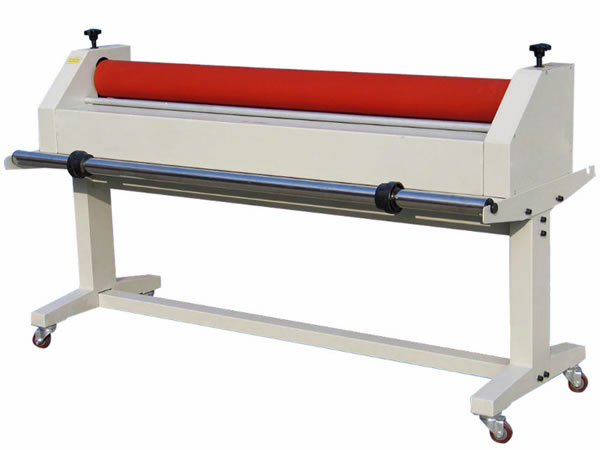

Results show that both approaches are feasible and advantageous. For the strengthening approach the foremost hatch cover was strengthened to withstand 150% of the load required by IACS for safer navigation while no change in weight was made between the steel and composite covers. Regarding the weight reduction approach steel hatch covers of a bulk carrier were replaced by composite covers and a weight reduction of 44.32 % was achieved leading to many benefits including fuel saving, Deadweight Increment and lower center of gravity of the vessel. Critical design parameters of the composite hatch cover and FEA are discussed in details. For both approaches finite element analysis (FEA) was performed using ANSYS software. Two separate approaches have been considered “weight reduction approach” and “strengthening approach”.

As a case study, the application of composites as an alternative material for marine steel hatch covers has been studied. After that, a review of the current composites applications in marine industry has been conducted for commercial, pleasure and naval fields, the review has been conducted on complete composite hull vessels and also on composite parts. Then, the main mechanics and design concepts have been shortly reviewed in order to form a basic background that can be used as a tool in composite structural design. Moreover, composites’ unique production methods have been summarized. Furthermore, the benefits and demerits of composites have been discussed.

In the present thesis, the principal types and classifications of composites have been introduced and the various possible constituents have been described.


 0 kommentar(er)
0 kommentar(er)
